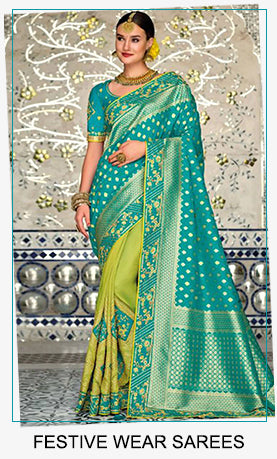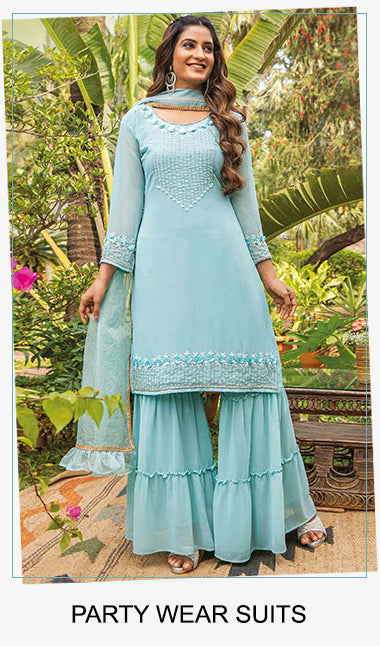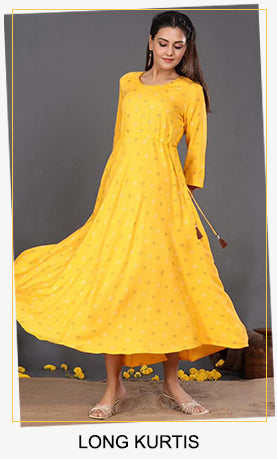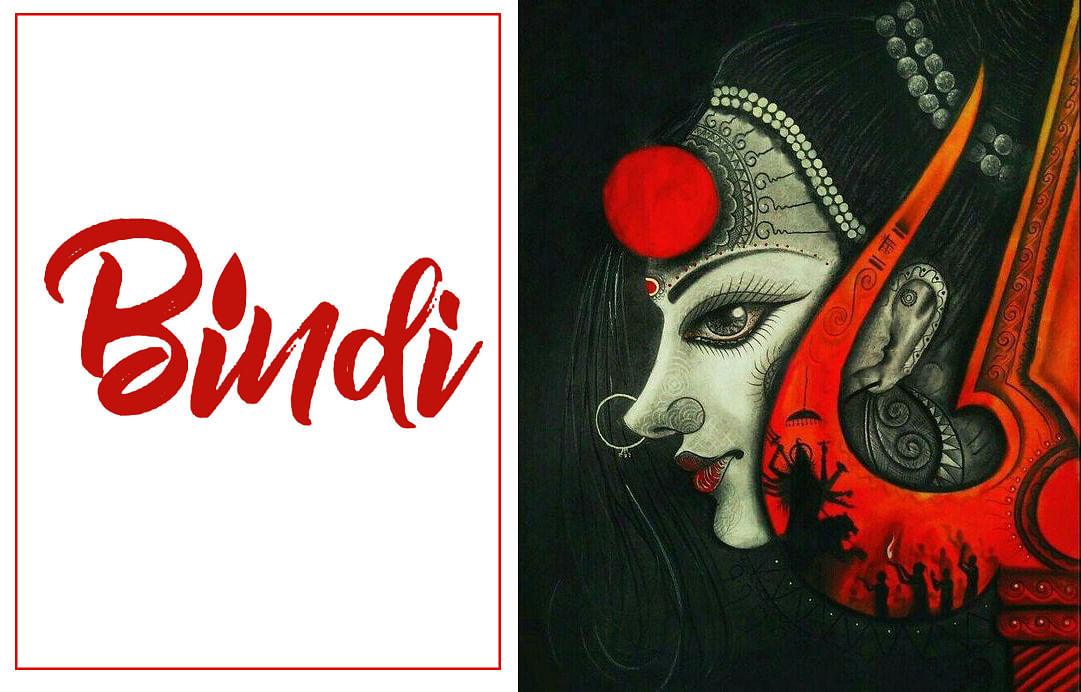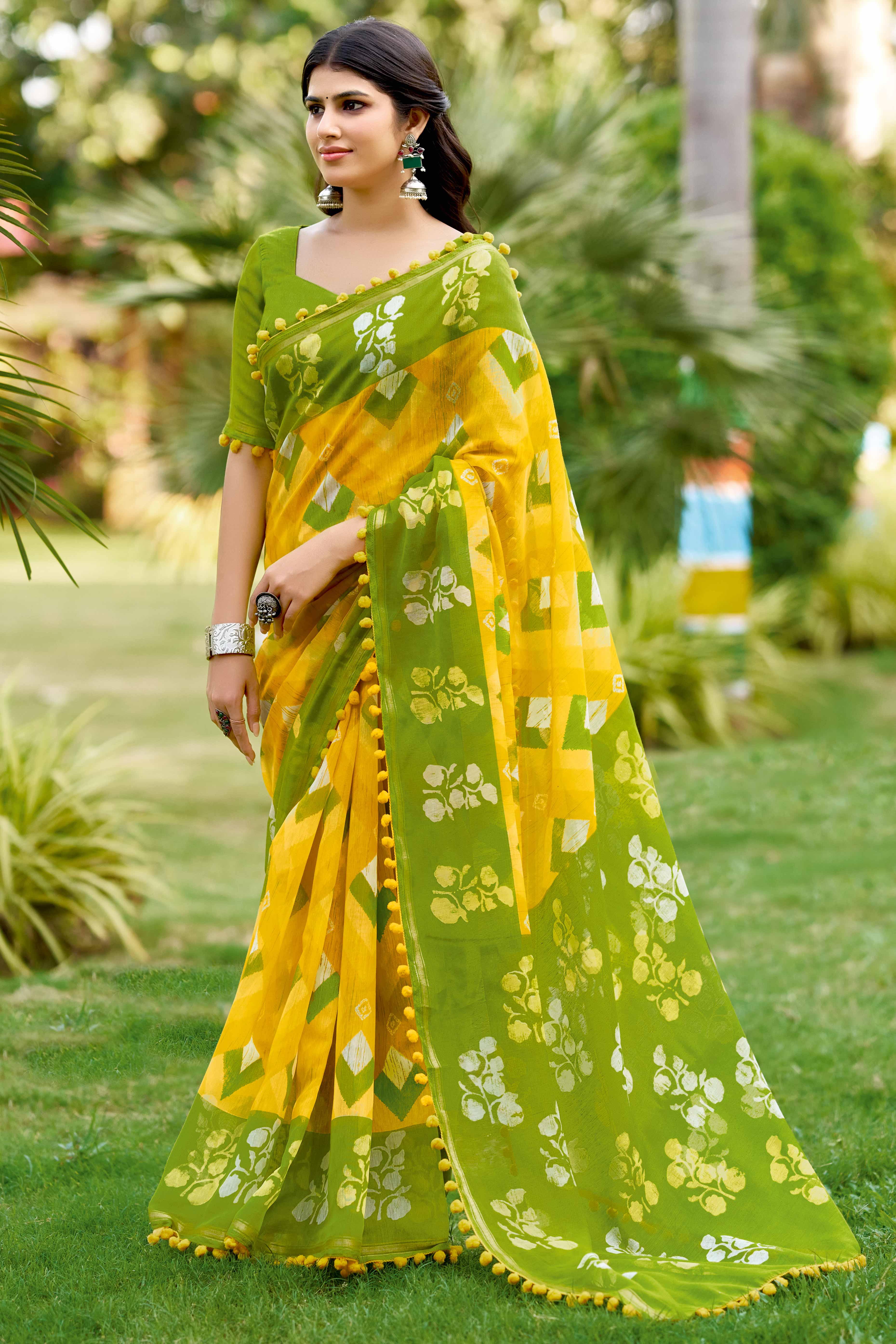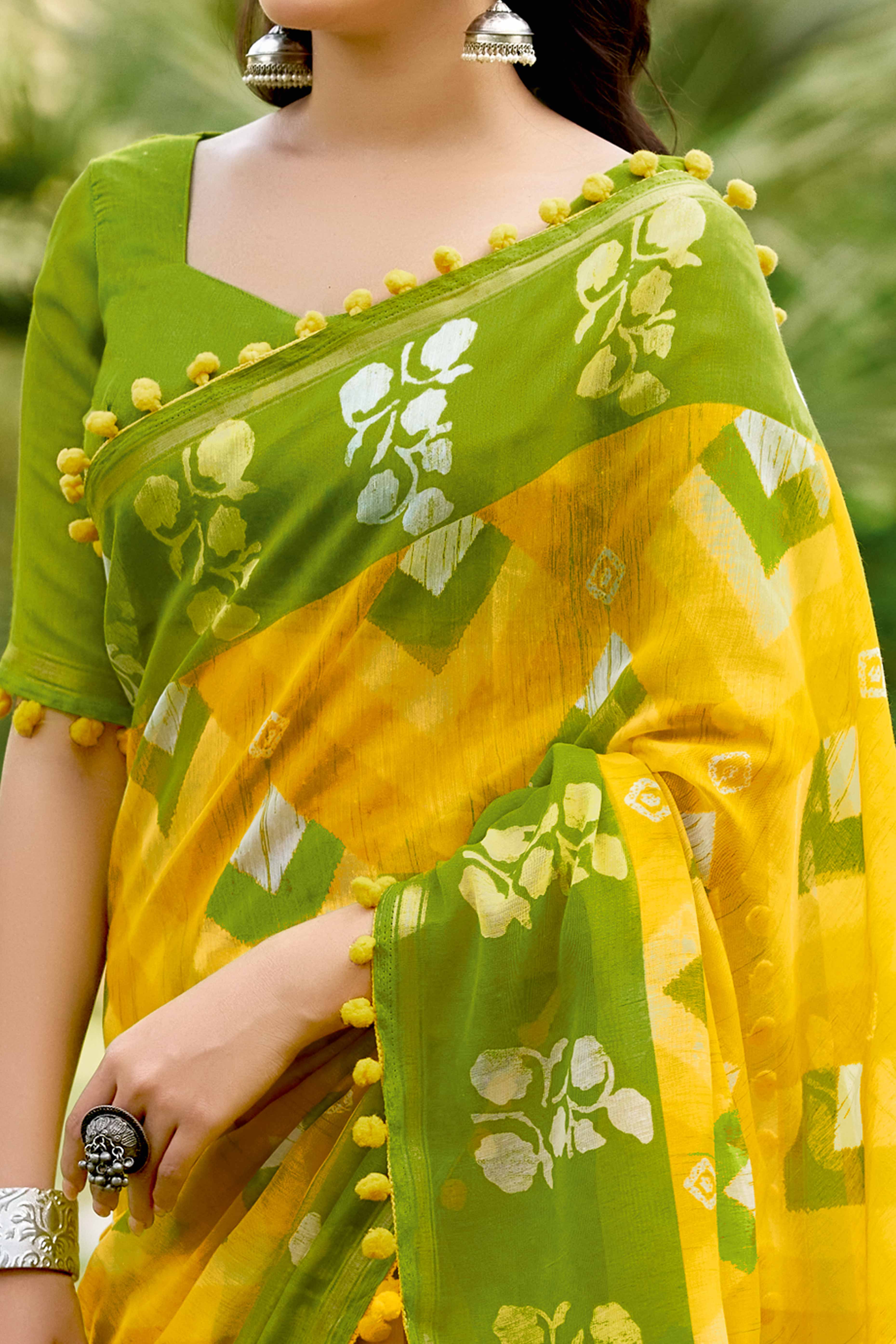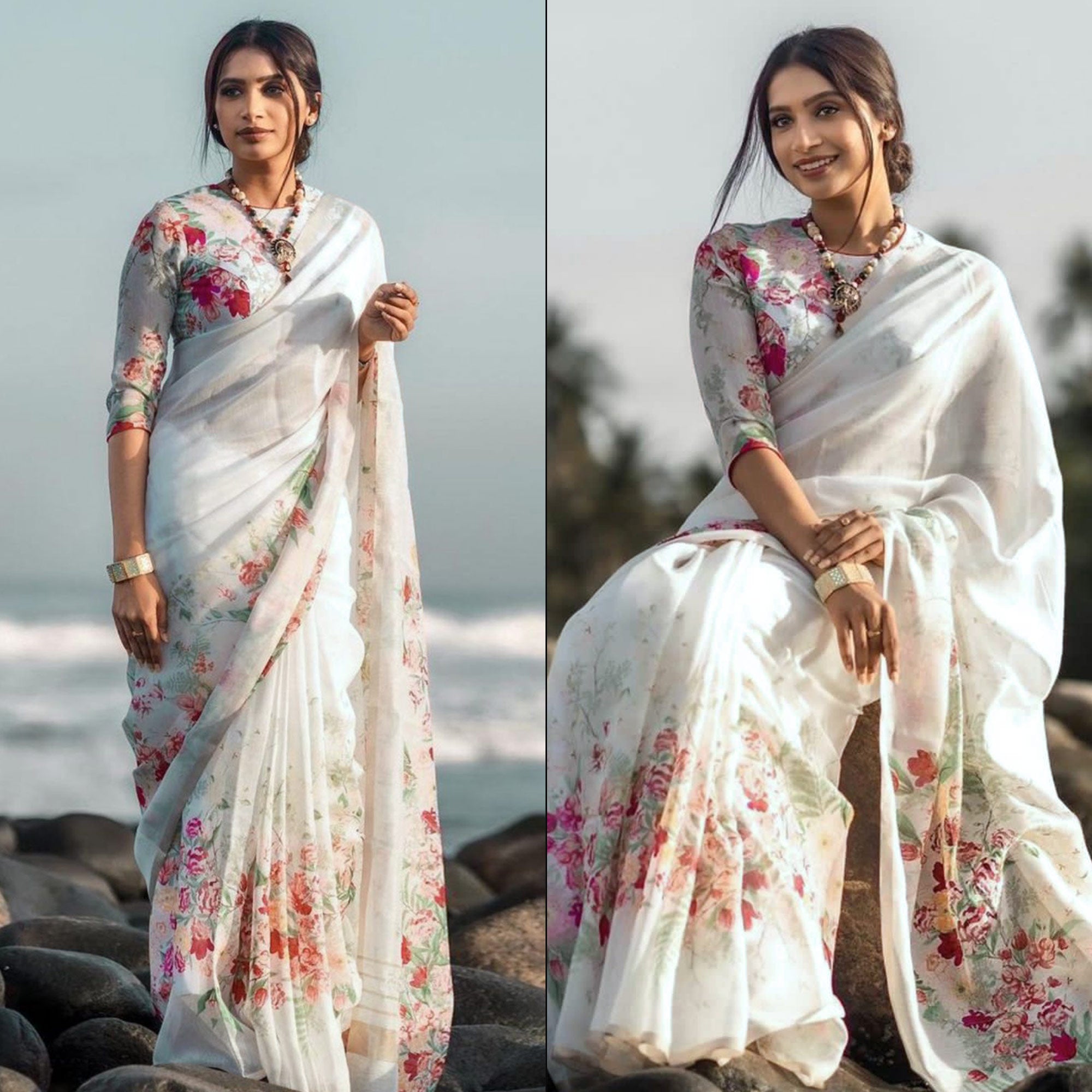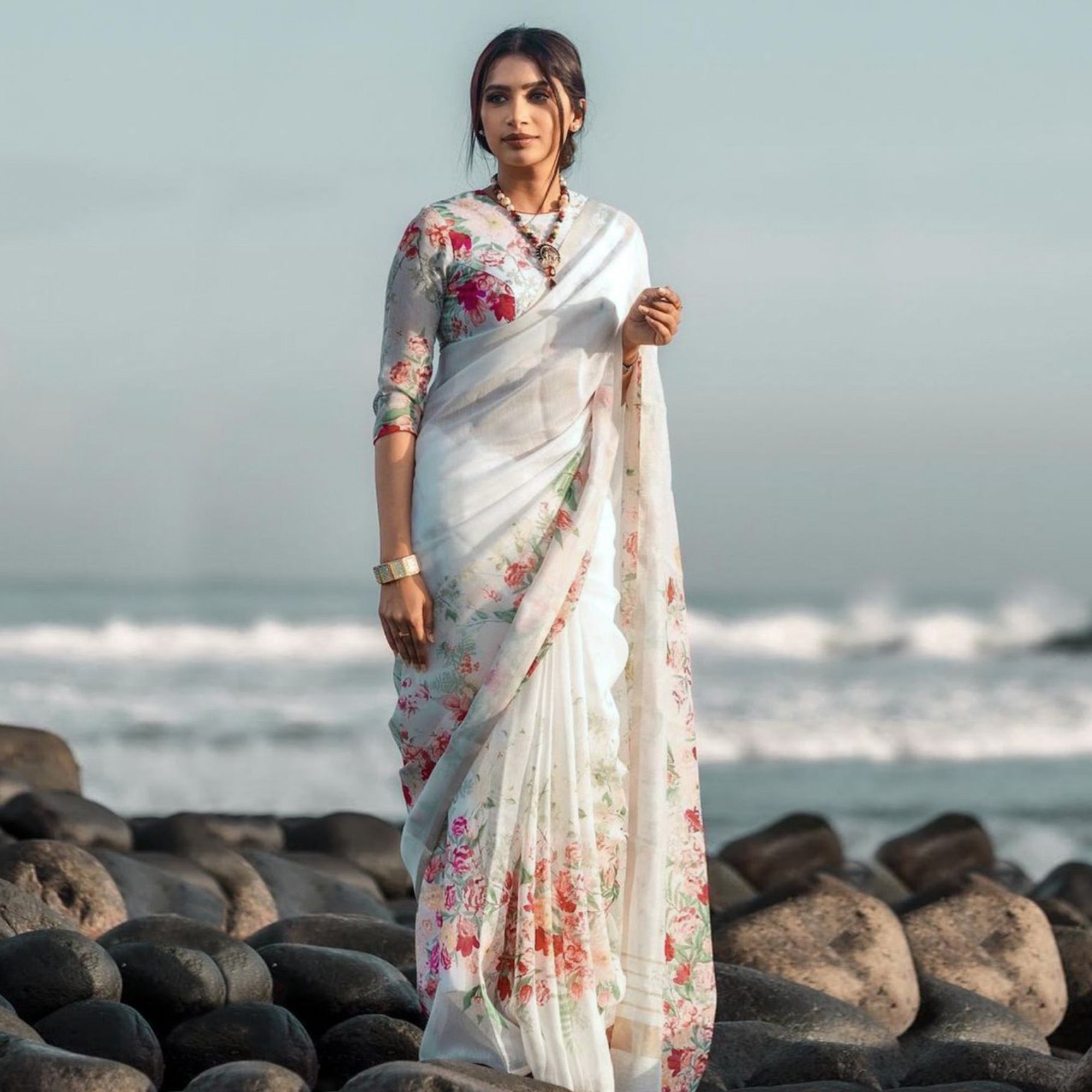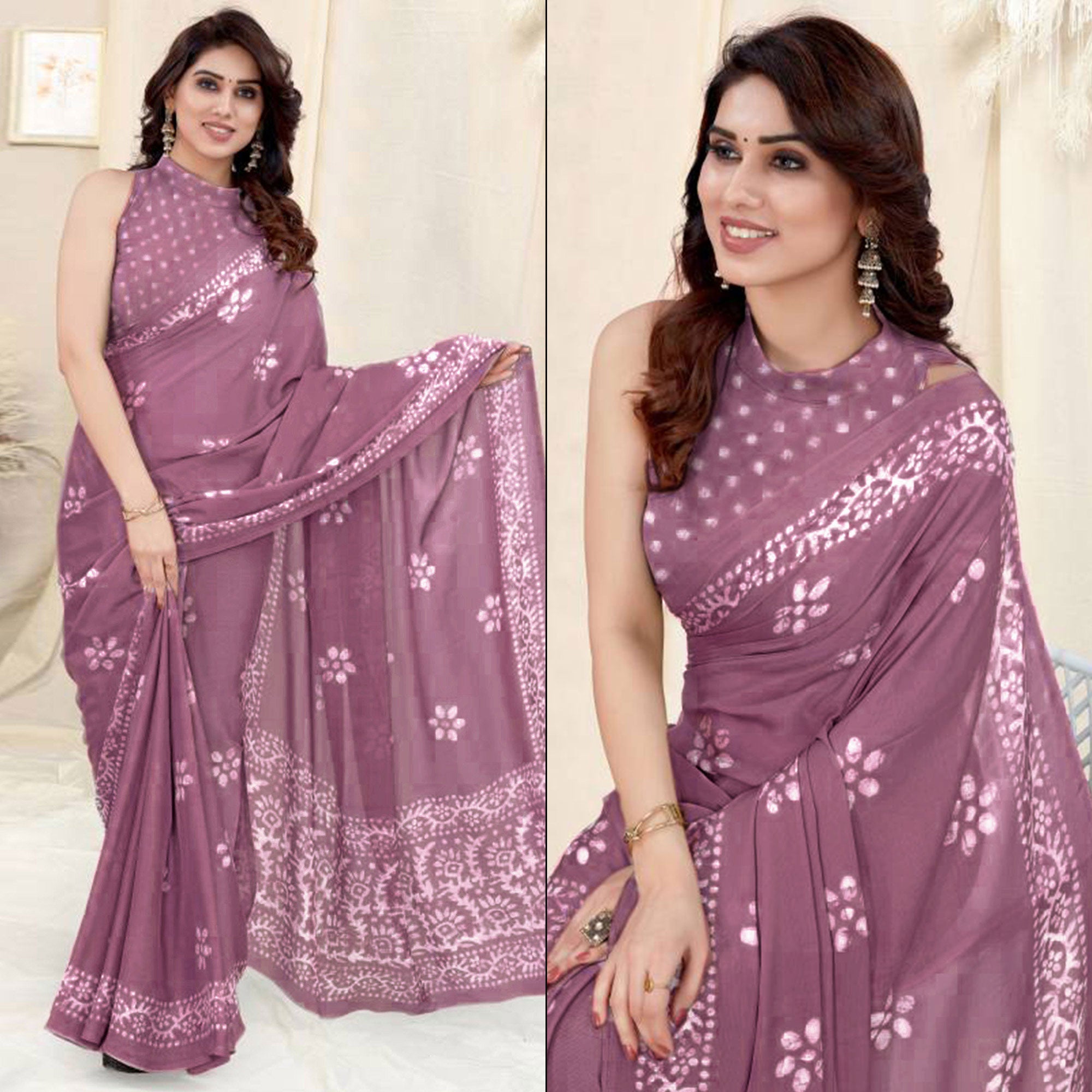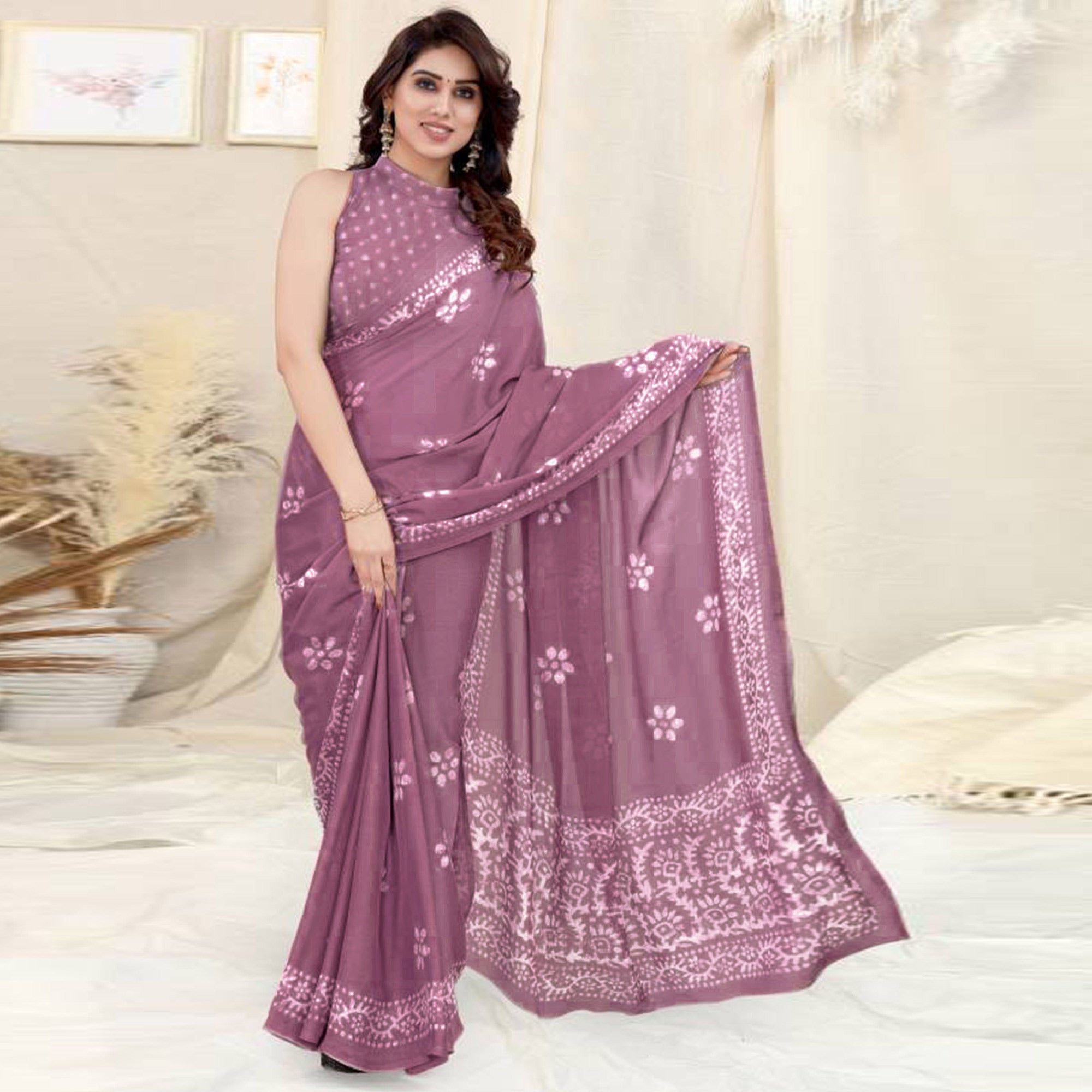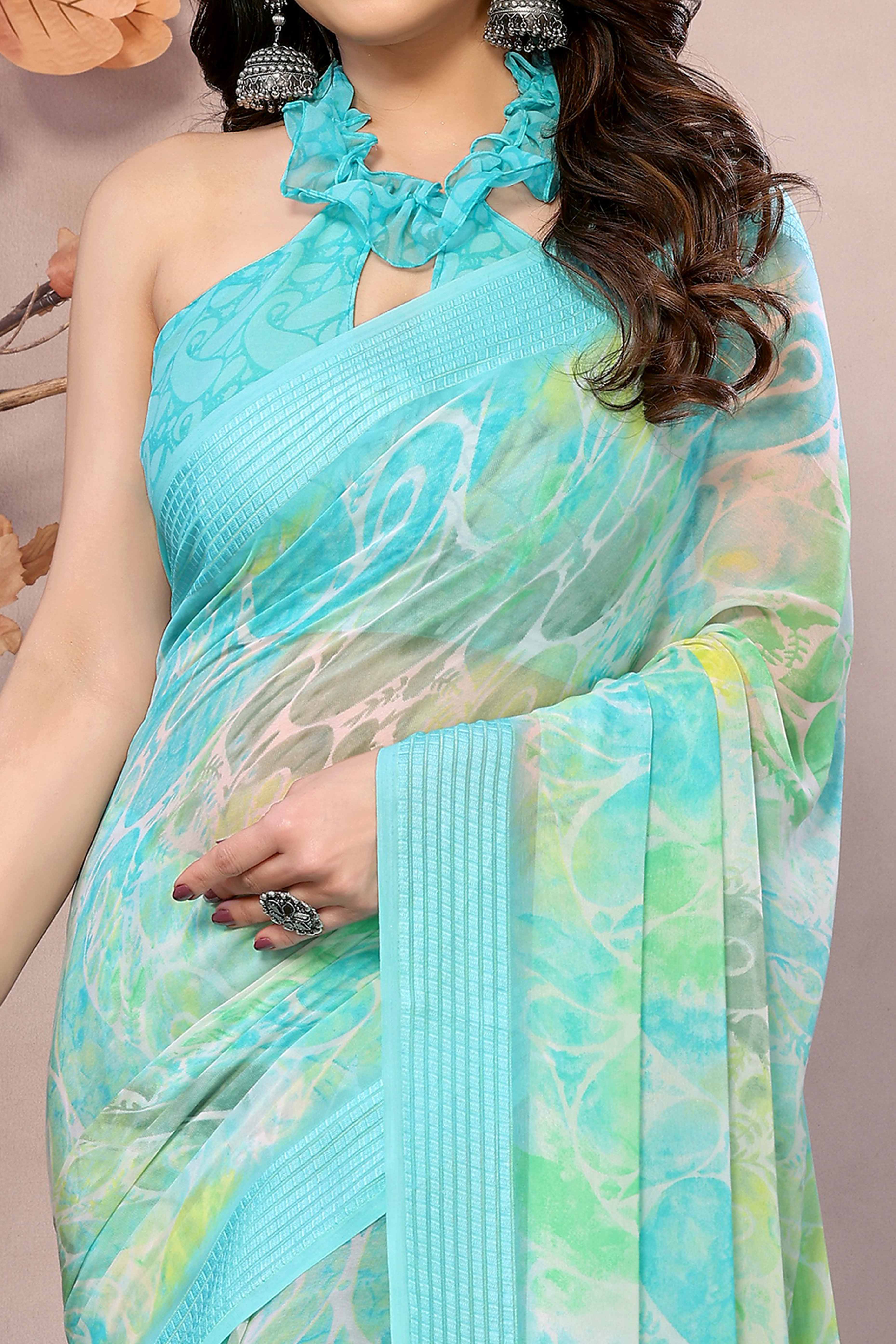Derived from the Sanskrit word bindu, the bindi since the ancient times has been symbolic with the third eye of the wearer. The ancient name of bindi goes by tilak or teeka. This tiny drop on the forehead holds immense cultural significance and is mesmerising in its visual appeal. The tradition of wearing a bindi stretches back to more than 5000 years from today.
The bindi has numerous cultural ties to it, the most significant one being the symbolic value it holds for married women of India. Usually red in color, the bindi becomes an indispensable ornament of the married woman, especially in North India.
The Bindi Folklore
This tiny yet a powerful custom statement of our society has various interesting features associated with it. It is one of the most essential accessories today.
Ancient Times
In ancient times, leaves were cut into attractive shapes and then pasted onto the forehead as bindis. These were then known as patralekha or patramanjari.
Another variation of bindi, the kumkum is traditionally made of turmeric paste and is an important part of any puja ritual.

The Vedic scriptures too mention bindi distinctly. In fact, even the Ramayan and Mahabharat have significantly valued the custom of the application of bindi and kumkum.
A Social Status
The bindi is indicative of the status of a woman in the society. And not just in the bygone years, even today the bindi is considered to be an asset of the married woman. Of the 16 essential components of solah shringar for a married Indian, bindi is the most essential shringar.
Always the Rage
What started as a symbolisation of married women gradually gained mass popularity. While the married women sported red bindis, unmarried women and young girls took to sporting bindis in various colors and sizes to match up with their dresses. They become statement beauty accessories.

There is an array of bindi styles that are trending these days. Some of the popular styles that seem to have crept their way into the fashion market can be broadly categorised as-
Traditional round shaped red bindis and the drop shaped bindis- these traditionally designed bindis still retain their magical charm!
Multi-layered bindis are another popular trend where bindis are worn as fusion of different colored styles. In fact layered bindis are a much preferred fashion trend.
Bridal bindis are an assortment of bindis where a larger stylish bindi is supposed to be placed in the centre between the eyebrows and smaller bindis are placed along the eyebrows. Most bridal bindis have diamonds or other stone embellishments to them.
Funky Bindi Trends
Theer are some other fashion statement bindis which are worn purely for style. The popular ones of these are the:
Eye bindis which are sported towards the corner of the eye, like the wing eyeliner.
Belly button bindis, which are quite the storm at the ramp and are much more convenient than belly buttons.
Face bindis which are more often styled for a dance look make up.
Eyelash bindis which are traced along the eyelashes
Nail bindis are more like nail art. Though this trend hasn’t caught on much yet, it is a bold fashion statement.
Scientific Element
The centre of the forehead houses the agna chakra which is the nerve centre of the human body and is responsible for the normal functioning of the body mechanisms.
Applying bindi on this point activates the pressure point on the nerve centre. It also gives a pious feeling as this is considered a spiritual point and applying bindi or kumkum here is a means of seeking divine blessings and to always feel the presence of God around.
The human body generates a strong field of electromagnetic waves and the centre point between the eyebrows happens to be one of the key centres from where this energy is emanated. Hence, applying tilak cools down this energy point and reduces the stress generation in the mind.

So traditional or modern, bindis will always be our most celebrated cultural asset which are beautiful, royal, bold and sensuous and always reflect upon our glorious legacy!

